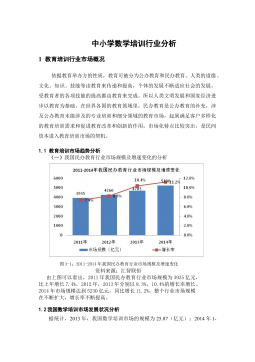奥斯丁《爱玛》中的反讽手法
1ContentsAcknowledgements……………………………………………………….iAbstract….……………………………………………………………….ii摘要………………………………………………………………………ivChapter1Introduction.................................................................11.1JaneAustenandHerIrony.............................................................................
相关推荐
-
THE COLOR FACTORY ——色彩心理康复体验中心设计VIP免费

 2024-09-24 13
2024-09-24 13 -
中英大学生创业教育参与主体比较研究VIP免费

 2024-09-30 58
2024-09-30 58 -
中小学数学培训行业分析VIP免费

 2024-09-30 21
2024-09-30 21 -
英国大学生创业教育保障体系及其经验借鉴VIP免费

 2024-09-30 67
2024-09-30 67 -
我国大学生创业教育的现状问题及对策研究VIP免费

 2024-09-30 41
2024-09-30 41 -
浅谈大学生创业教育中加强思想政治工作的对策问题VIP免费

 2024-09-30 23
2024-09-30 23 -
关于我国大学生创业教育目标定位的思考VIP免费

 2024-09-30 71
2024-09-30 71 -
大学生创业教育引入SIYB项目的分析研究VIP免费

 2024-09-30 57
2024-09-30 57 -
大学生创业教育对策研究VIP免费

 2024-09-30 53
2024-09-30 53 -
大学生创业教育存在的问题及对策浅析VIP免费

 2024-09-30 65
2024-09-30 65
相关内容
-

中英大学生创业教育参与主体比较研究
分类:高等教育资料
时间:2024-09-30
标签:无
格式:PDF
价格:12 积分
-

中小学数学培训行业分析
分类:高等教育资料
时间:2024-09-30
标签:无
格式:DOCX
价格:12 积分
-

英国大学生创业教育保障体系及其经验借鉴
分类:高等教育资料
时间:2024-09-30
标签:无
格式:PDF
价格:12 积分
-

大学生创业教育对策研究
分类:高等教育资料
时间:2024-09-30
标签:无
格式:PDF
价格:12 积分
-

浅析大学生创业教育内容体系和模式
分类:高等教育资料
时间:2024-09-30
标签:无
格式:PDF
价格:12 积分






